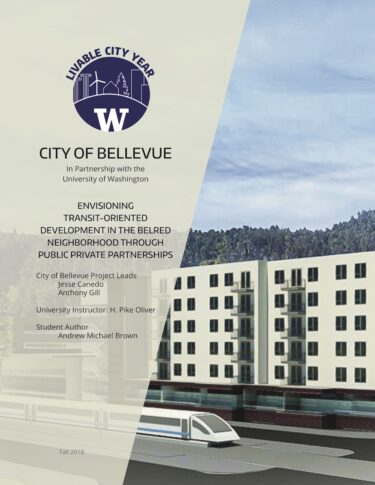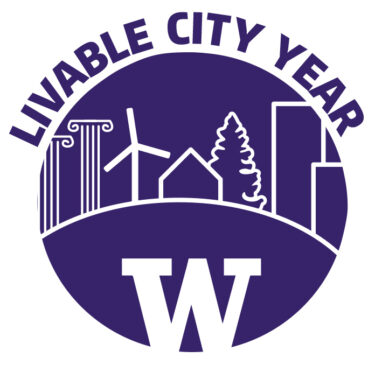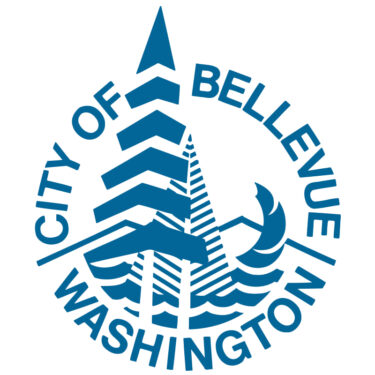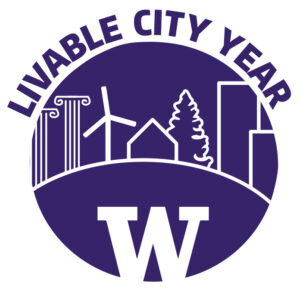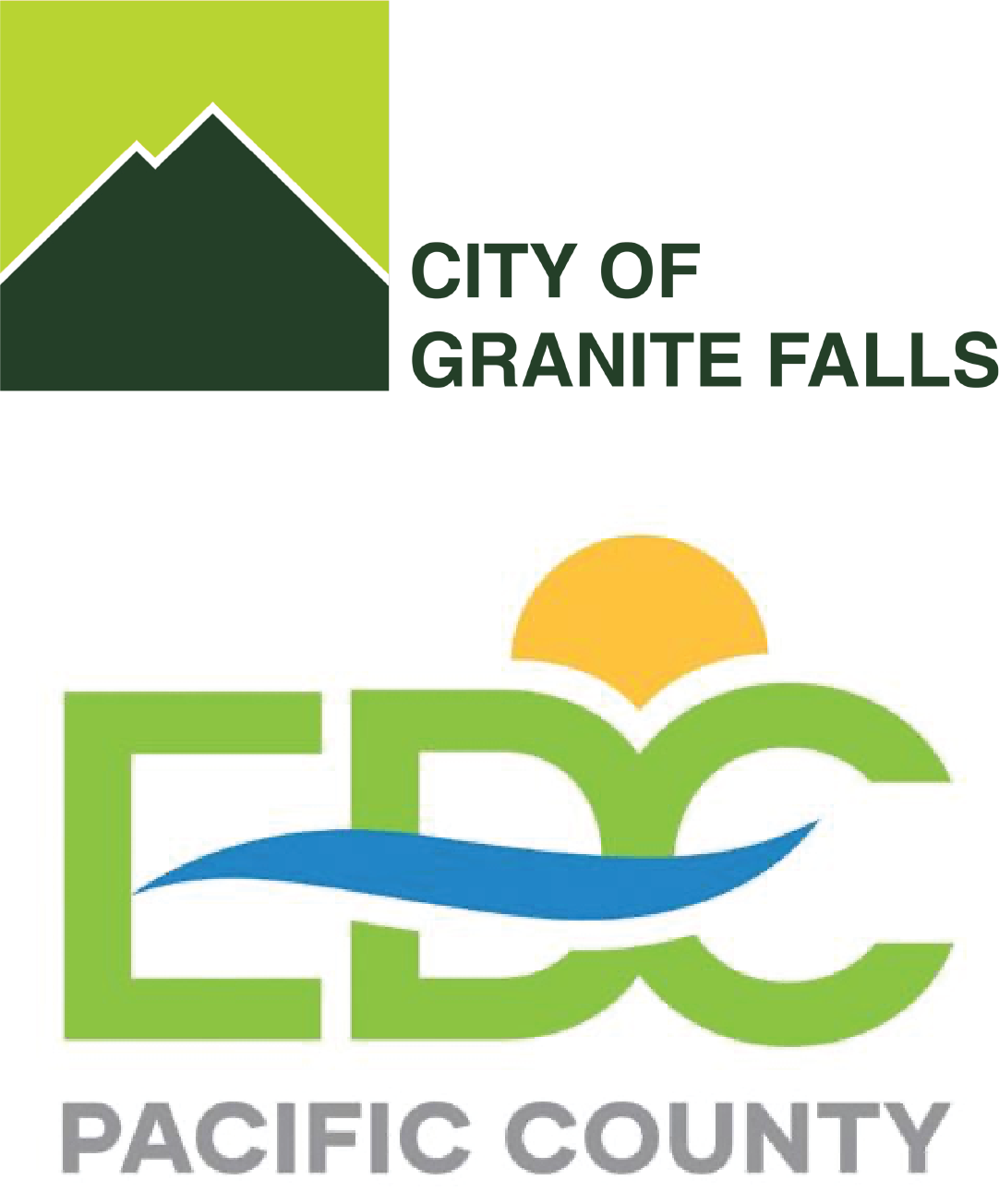Envisioning Transit-Oriented Development in the BelRed Neighborhood through Public Private Partnerships
2018-2019 Livable City Year – Bellevue
City Project Lead: Jesse Canedo and Anthony Gill, Community Development
UW Instructor: H. Pike Oliver, Runstad Department of Real Estate
Course: R E 542, Private-Public Project Finance
Project description:
The City of Bellevue would like to address the feasibility of transit-oriented development near the BelRed/130th Station (a Sound Transit Link light rail station now in construction that will soon expand light rail services to and through Bellevue). The site surrounding the BelRed Station would consist of mixed-use development, to include a college campus, a park and ride, and ground level retail with housing above. The City of Bellevue is interested in transforming what is now an industrial park into a thriving urban center, one that will derive benefit to the city and region alike.
As part of partnering with the University of Washington’s Livable City Year program (LCY) for the 2018-2019 academic year, the City of Bellevue seeks recommendations for forming a public private partnership with a hypothetical team of developers who will carry out development of the project site. The development team will consist of a real estate developer, a Technical University (Tech U) which would be the primary tenant of the site, and the City of Bellevue. The student suggestions embedded within this report are offered as a guiding framework for the City of Bellevue to build upon as it moves forward. Once formed, all members of the public private partnership can plan and develop the BelRed site.
Four self-organized student teams, consisting of five students from the University of Washington’s Real Estate, Urban Planning, and Architecture programs participated in this Livable City Year project. Over the course of ten weeks, students would draw from their distinct disciplines to design and propose development solutions for the BelRed site. Students sought to identify specific challenges that hypothetical private developers would face given the site’s location, the way in which it interfaces with a Sound Transit project, and the need to include housing and parking. In addition, students considered potential public private partnership structures that the City of Bellevue could pursue.
Students devised financial models and site plans. In doing so, students considered how much space to dedicate to office, commercial, and other land uses; devised strategies around using low income housing tax credits (LIHTC) to create affordable housing; and imagined how parking could fit in given the proposed requirements outlined within the City of Bellevue’s request for proposal (RFP).
Students aligned their work around a set of assumptions informed by market research, rental data, and the City of Bellevue’s Comprehensive Plan. Student recommendations have been informed by current rental rates for office and retail spaces, as well as housing. Students considered those rates in view of the Puget Sound region’s projected population growth, the expansion of Sound Transit’s Link light rail system, and other market trends. Students conclude that a mixed-use, transit-oriented project near the BelRed Station is financially feasible for the City of Bellevue to pursue through a public private partnership. This is so even while bearing in mind the profit margins developers garner from their projects and the parking requirements outlined within the Sound Transit Contract, which accord with the City’s RFP. Given these findings, students support the City of Bellevue in its commitment to pursuing development that would provide access to new educational, commercial, and housing options. This sort of development plants a seed for the future BelRed neighborhood to grow out of its industrial past and blossom into a transit-oriented, urban hub.
Part of the 2018-2019 Livable City Year partnership between the University of Washington and the City of Bellevue.
See all Livable City Year projects in Bellevue that UW students and faculty worked on during the year-long partnership.
